Tank cleaning by its very nature, is an operation that poses serious risks to human health. This is due oftentimes attributed to the type of vessel to be cleaned, the nature of the material previously stored in the vessel and the methodology employed.

Risks to human health include suffocation, poisoning, sprained or fractured body parts, dehydration / heat stroke and fires and explosions. Tiger Tanks employs a methodology that mitigates against all of the above impacts.
Prior to even embarking on a job, TTTU ensures that all the requisite equipment checks are performed to minimize accidents due to equipment failure. In addition, we ensure that all our personnel receive the appropriate health and safety training and understand the safe operating procedures governing the execution of the job.
TTTU provides the requisite emergency response and safety equipment based on the nature of the job. Manning this equipment is the TTTU On-site Safety Officer.
The methodology used by Tiger Tanks for the removal of liquids and sludge, involves the use of pressurized water to remove any solids or semi solids from the walls and floor of the tank. Then, using a 100 HP wet vacuum system; the material is removed and transferred via hoses to an appropriate storage unit (e.g. vacuum tank, cuttings box).
The use of the hoses minimizes the likelihood of spills from the operation. In the event of any spills, TTTU has the capability to provide twenty four (24) hour Oil Spill Response Services to the energy industry. In the instance where the material to be removed is dry solid, a dry vacuum system is used.
The TTTU methodology is less labor-intensive than simply using a bucket and shovels and does not employ the use of hazardous chemicals. The operation is always closely monitored by a TTTU Supervisor.
As a result of health and safety concerns as well as regulatory obligations, as stated in the OSH Act 2004 (Amendment 2006) and industry best practices for confined space entry, outlined in OSHA 1910.146 Subpart J, it has become necessary for the deployment of a certified Rescue Team during tank cleaning operations. This includes provision of the following:
1. Two (2) – person confined space standby rescue team
2. Confined space rescue kit, which includes the primary access line, a belay/ retrieval system and gear for the rescue team. The kit contains a rescue pulley for a 4:1 lowering and raising system the SKED Tripod for the overhead anchor point.

